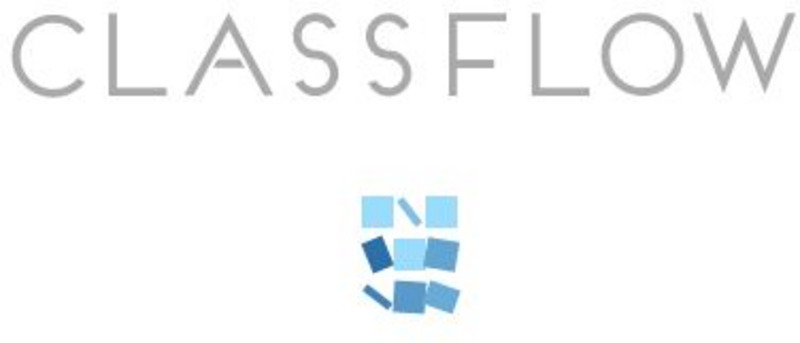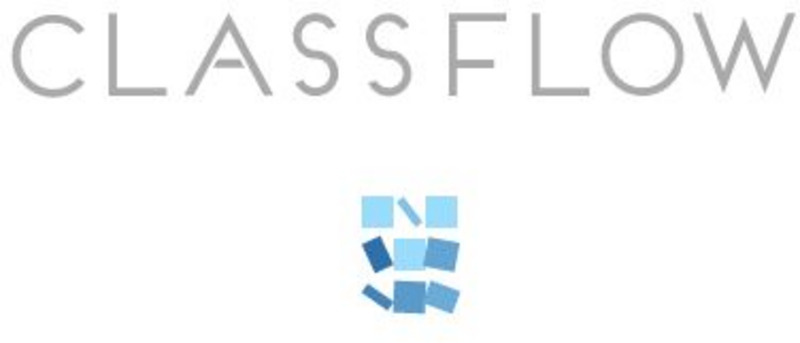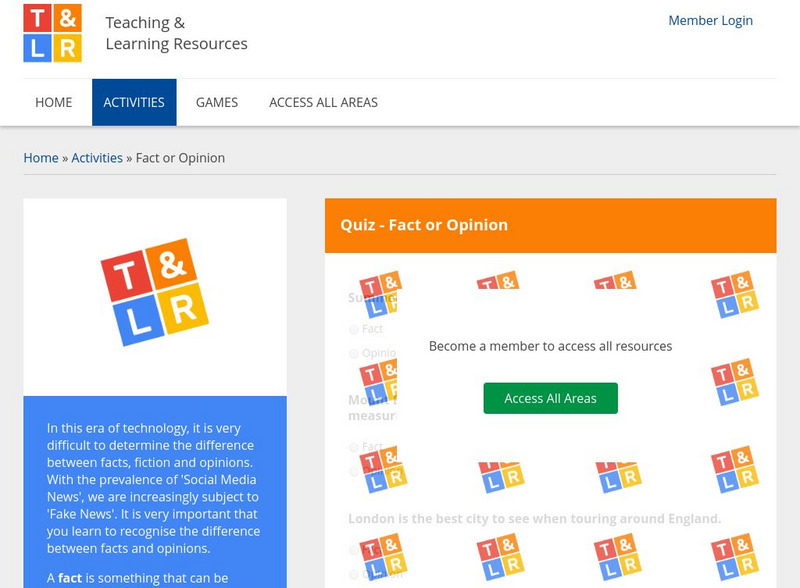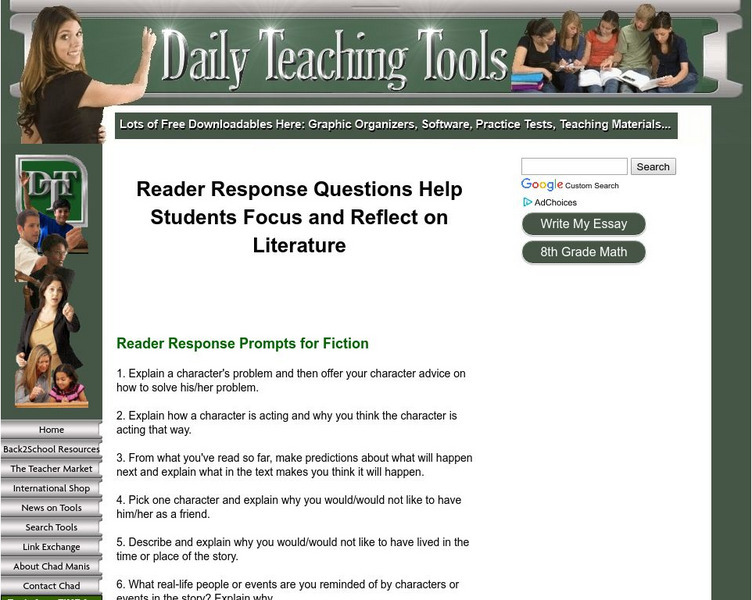Ohio University
Ohio.edu: Point of View and Narrative Voice
This is an article defining point of view, explaining the types of point of view, and discussing voice and tone. It was originally published at http://teenwriting.about.com/library/weekly/aa111102e.htm.
Other
Tidewater Community College: Book or Article Review or Critique Guidelines
Many students are not sure what type of information to include in a book or article review. This site provides some general guidelines. It covers not only the type of content to be included but also the format.
CommonLit
Common Lit: Units: Teaching Units
Complete teaching units (12) by grade level. CommonLit units are crafted to be both engaging and rigorous, featuring a variety of literary and informational texts from diverse sources. Reading, writing, and discussion are prioritized in...
CommonLit
Common Lit: Text Sets: Argument, Bias, and Persuasion
Collection of 43 Grade-Leveled texts (6-12)on the topic Argument, Bias, and Persuasion. Have students track arguments through texts as they examine logical reasoning, bias, and persuasive techniques such as emotional appeals, character...
Other
Blackboard: Author's Point of View (Attitude and Tone)
Learn about author's attitude and tone, and see examples of tone used to convey nostalgia, cynicism, and sentiment in a text. This is an excellent resource for helping students identify key words and phrases that give clues about the...
University of Wisconsin
University of Wisconsin Madison: Writing Center: Using Literary Quotations
Explains the style rules regarding using literary quotations in your essay. Covers punctuation, documentation, and the purpose of quoting. The information can be downloaded in PDF format.
Other
Study.com: Parts of an Argument: Claims, Counterclaims, Reasons, and Evidence
This lesson explains the parts of an argument essay. [To unlock this lesson you must be a Study.com Member.]
Houghton Mifflin Harcourt
Holt, Rinehart and Winston: Writer's Guide: Persuasive Essay
Follow the framework on this page to construct a persuasive essay on any topic. Click on Writer's Model in the upper right to see a Shockwave presentation highlighting how to use the suggestions. W.9-10.10 Write Routinely
ACT360 Media
Writing Den: Classification Paragraphs
These tips and phrases can help you create a classification paragraph.
Curated OER
Ccss Literacy E Handbook: Literature: Summarize
An explanation of summarizing a selection along with a link to a model summarizing activity.
Other
Gallaudet University: English Works: Guide to Different Types of Essays
English Works site has suggestions on how to write an essay to convey helpful information. This site offers examples of eight different types of essays and graphic organizers.
Other
Cuesta College: Reading Comprehension Guide: Inferences and Conclusions
Explanations and examples of inferences and conclusions in reading and in understanding context clues to define unknown vocabulary.
SMART Technologies
Smart: Making Inferences
Inferencing is finding clues and using background knowledge to determine an explanation from facts in a passage or story. It's "reading between the lines" of a story to understand what the author doesn't state.
Houghton Mifflin Harcourt
Holt, Rinehart and Winston: Elements of Literature: Determining Methods of Characterization [Pdf]
A brief organizer in which students can document how a character in literature is presented, through either direct or indirect characterization. Provides labels, examples, and sections for textual support.
ClassFlow
Class Flow: Questions and Statements
[Free Registration/Login Required] Students will identify questions and statements (without the punctuation cue). They will also practice changing a question into a statement.
ClassFlow
Class Flow: Reading Comprehension: Context Clues and Inferences
[Free Registration/Login Required] This reading comprehension flipchart uses Activote and a puzzle to review context clues and inferences. It is intended to review for the FCAT or other state assessment exams.
ClassFlow
Class Flow: Writing Review
[Free Registration/Login Required] In this flipchart students will interactively review the following areas of writing: parts of a paragraph; unity, coherence, and elaboration; and the 4 types of writing.
ClassFlow
Class Flow: Fact and Opinion
[Free Registration/Login Required] Designed for grade 6, this flipchart covers the differences between fact and opinion. Students will analyze statements to determine if they are a fact or if they are an opinion.
ClassFlow
Class Flow: Fact or Opinion
[Free Registration/Login Required] This flipchart reviews the definitions of fact and opinion and gives the students opportunities to sort and identify fact and opinion statements.
ClassFlow
Class Flow: Fact or Opinion
[Free Registration/Login Required] Students will be introduced to the difference between facts and opinions. They will practice determining which statements are facts and which are opinions. Activities include sorting and classifying...
Other
Laflemm.com: Reading Resources: Inference
This page has reading tips and exercises that explain inferences. There is an answer key for students to check their work. RL.9-10.1, RL.11-12.1, RI.9-10.1 & RL.11-12.1 textual evidence and inferences
Houghton Mifflin Harcourt
Holt, Rinehart and Winston: Elements of Literature: Historical/biographical Analysis Chart [Pdf]
A short graphic organizer which allows students to assess the historical and biographical influence on a piece of literature.
Other
Teaching and Learning Resources for Ks2 (Ages 7 12):literacy: Fact or Opinion?
This is a 10 question, self-scoring quiz on separating fact from opinion. Students read a sentence and select "fact" or "opinion" from the drop-down menu.
Daily Teaching Tools
Daily Teaching Tools: Reader Response Quest. To Focus and Reflect on Literature
Daily Teaching Tools provides nineteen reading response prompts for fiction and six reading response prompts for nonfiction. W.11-12.9a Amer Lit 18th,19th, 20th cen/Analy



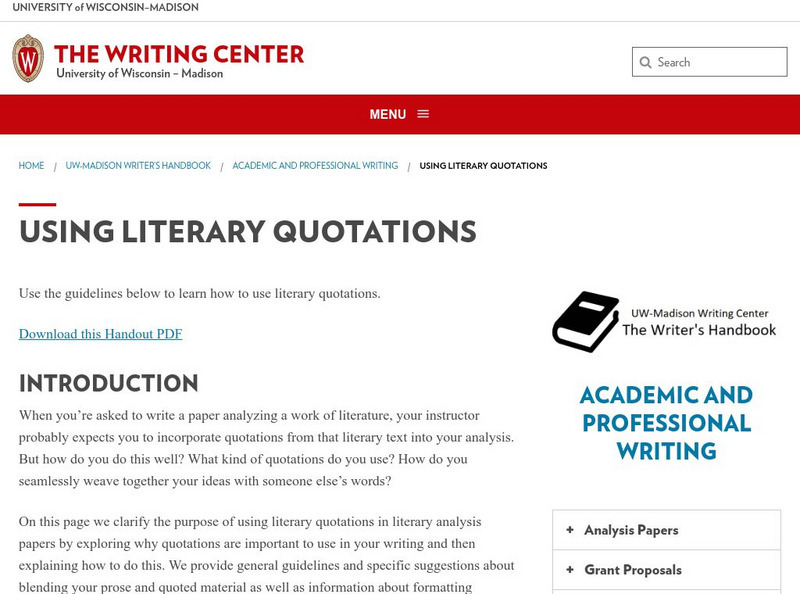
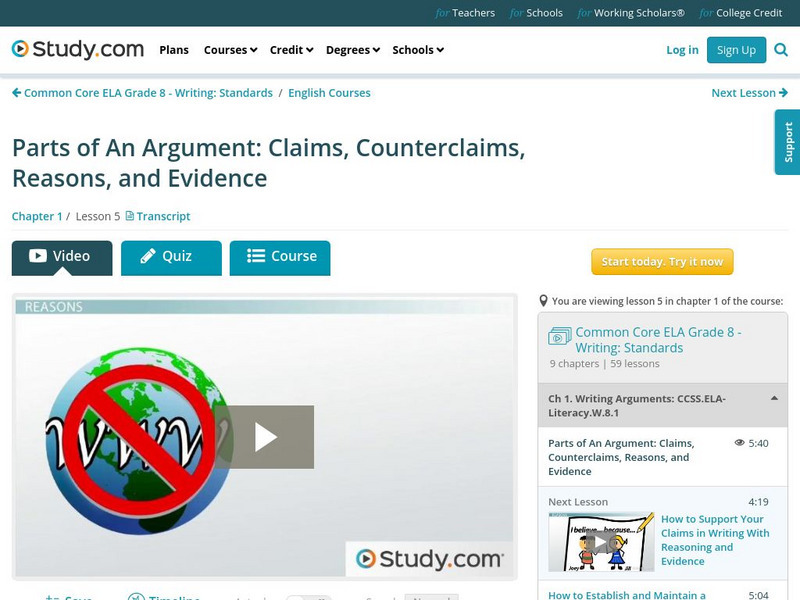

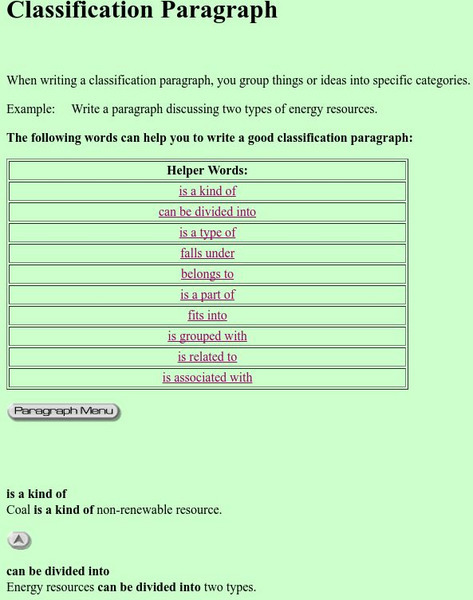



![Holt, Rinehart and Winston: Elements of Literature: Determining Methods of Characterization [Pdf] Graphic Holt, Rinehart and Winston: Elements of Literature: Determining Methods of Characterization [Pdf] Graphic](http://content.lessonplanet.com/resources/thumbnails/410109/large/bwluav9tywdpy2symdiwmduymc0ymjy4mc0xz3pvamf3lmpwzw.jpg?1589985471)
